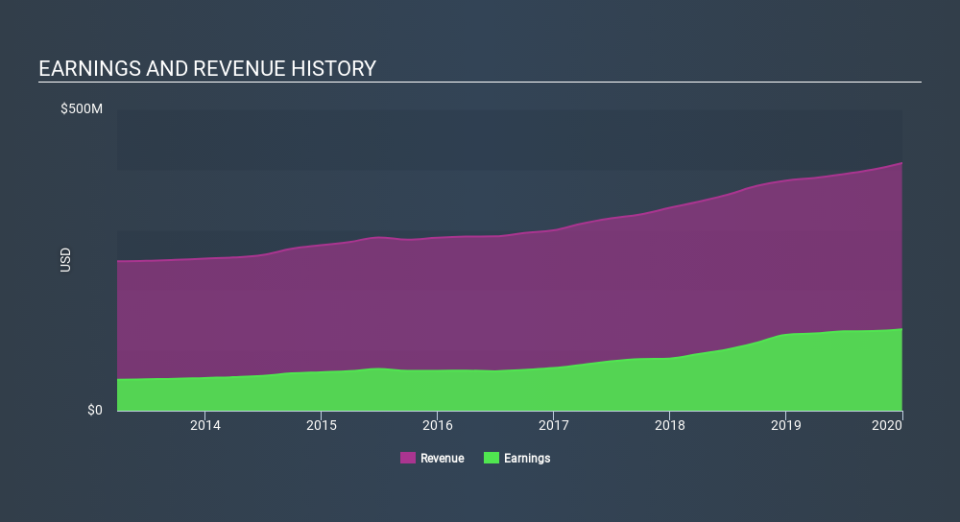BancFirst Corporation (NASDAQ:BANF): What Does Its Beta Value Mean For Your Portfolio?

If you're interested in BancFirst Corporation (NASDAQ:BANF), then you might want to consider its beta (a measure of share price volatility) in order to understand how the stock could impact your portfolio. Volatility is considered to be a measure of risk in modern finance theory. Investors may think of volatility as falling into two main categories. The first category is company specific volatility. This can be dealt with by limiting your exposure to any particular stock. The second type is the broader market volatility, which you cannot diversify away, since it arises from macroeconomic factors which directly affects all the stocks on the market.
Some stocks are more sensitive to general market forces than others. Some investors use beta as a measure of how much a certain stock is impacted by market risk (volatility). While we should keep in mind that Warren Buffett has cautioned that 'Volatility is far from synonymous with risk', beta is still a useful factor to consider. To make good use of it you must first know that the beta of the overall market is one. A stock with a beta greater than one is more sensitive to broader market movements than a stock with a beta of less than one.
Check out our latest analysis for BancFirst
What does BANF's beta value mean to investors?
Given that it has a beta of 0.86, we can surmise that the BancFirst share price has not been strongly impacted by broader market volatility (over the last 5 years). This suggests that including it in your portfolio will reduce volatility arising from broader market movements, assuming your portfolio's weighted average beta is higher than 0.86. Beta is worth considering, but it's also important to consider whether BancFirst is growing earnings and revenue. You can take a look for yourself, below.
Does BANF's size influence the expected beta?
With a market capitalisation of US$2.0b, BancFirst is a small cap stock. However, it is big enough to catch the attention of professional investors. Small companies can have a low beta value when company specific factors outweigh the influence of overall market volatility. That might be happening here.
What this means for you:
The BancFirst doesn't usually show much sensitivity to the broader market. This could be for a variety of reasons. Typically, smaller companies have a low beta if their share price tends to move a lot due to company specific developments. Alternatively, an strong dividend payer might move less than the market because investors are valuing it for its income stream. This article aims to educate investors about beta values, but it's well worth looking at important company-specific fundamentals such as BancFirst’s financial health and performance track record. I highly recommend you dive deeper by considering the following:
Future Outlook: What are well-informed industry analysts predicting for BANF’s future growth? Take a look at our free research report of analyst consensus for BANF’s outlook.
Past Track Record: Has BANF been consistently performing well irrespective of the ups and downs in the market? Go into more detail in the past performance analysis and take a look at the free visual representations of BANF's historicals for more clarity.
Other Interesting Stocks: It's worth checking to see how BANF measures up against other companies on valuation. You could start with this free list of prospective options.
If you spot an error that warrants correction, please contact the editor at editorial-team@simplywallst.com. This article by Simply Wall St is general in nature. It does not constitute a recommendation to buy or sell any stock, and does not take account of your objectives, or your financial situation. Simply Wall St has no position in the stocks mentioned.
We aim to bring you long-term focused research analysis driven by fundamental data. Note that our analysis may not factor in the latest price-sensitive company announcements or qualitative material. Thank you for reading.

 Yahoo Finance
Yahoo Finance 
